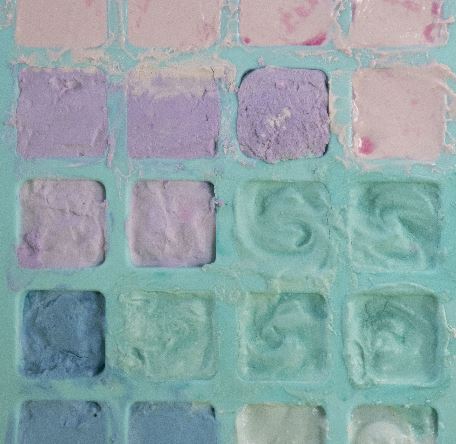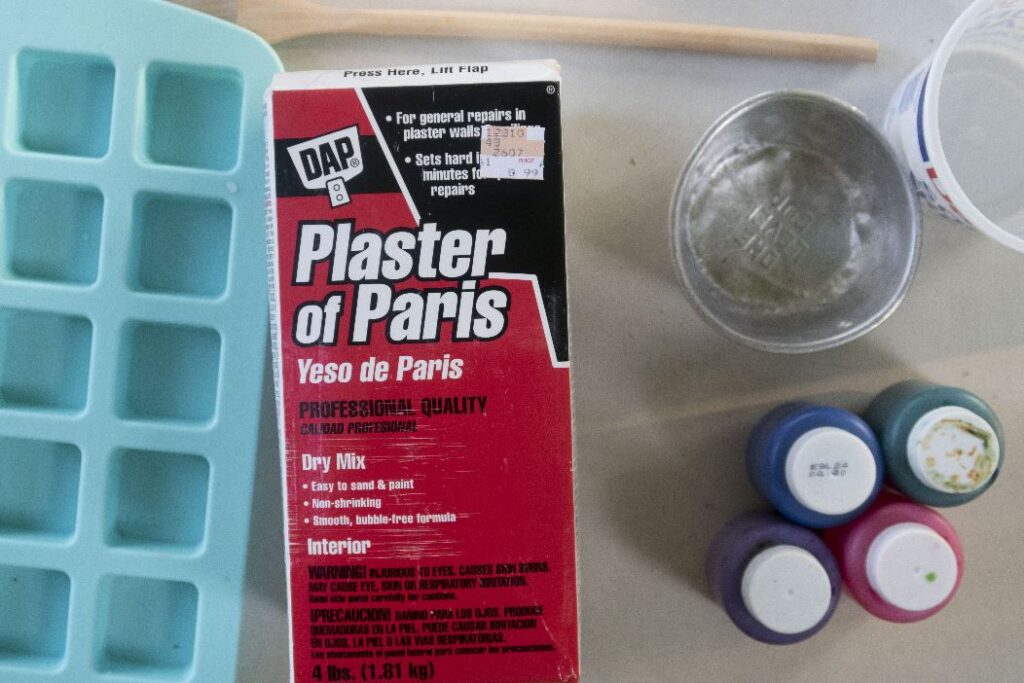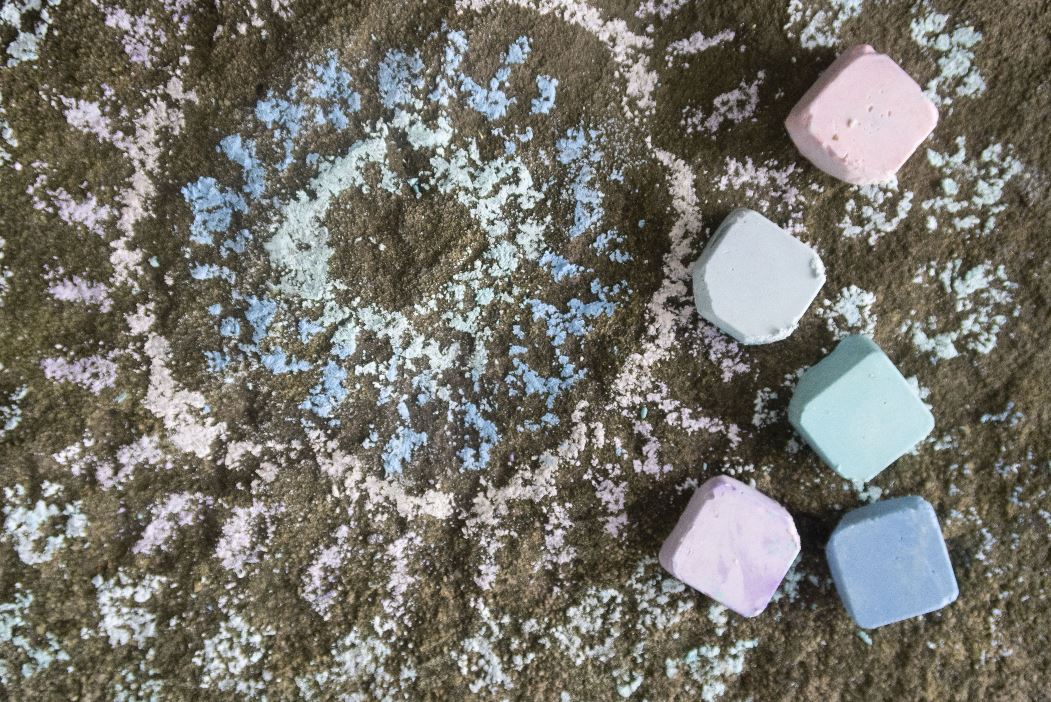Use outside in the summer and inside in the fall and winter
By Aldona Bird
Newsroom@DominionPost.com
If you too are desperate to enjoy these last weeks of warm weather and get outside before the combination of the pandemic and cold weather keeps us inside most days, consider making things that can be played with outdoors.
DIY sidewalk chalk is a perfect craft for such a purpose. Simple, with just a few ingredients, the hands-on time for making it is quick and it has a lot of play value outdoors for folks of any age.
We often think of children when we think of sidewalk chalk, and while this is a great activity for little ones (combine chemistry lessons and art!) adults will also find it fun to make custom colors of chalk during stay at home time.

Supplies needed for DIY chalk:
- Plaster of Paris
- Tempura paint
- Water
- Stirring utensil and mixing containers
- Molds
Gather together containers and mixing utensils that you don’t use for food. Sour-cream or yogurt containers headed for the recycling bin work well, along with a wooden spoon designated for crafting projects. Having measuring cups designated for creative projects also helps with keeping crafting separate from culinary projects.
For a small batch of chalk, pour about half a cup of water into one of your mixing containers. Add selected color of paint (you only need a little — start with a teaspoon or less) and mix with the water.
Add about a cup of Plaster of Paris while stirring. Plaster of Paris is a fine powder. As with any such substance, don’t inhale it. Also avoid getting it in your eyes or on your skin (if you do, wash off quickly), and don’t use your hands to mix it.
Stir to remove lumps, and if making a big batch, tap the sides of the container to remove air bubbles. If the mix is too thick it might start setting before it settles into the molds — in this case the final chalk won’t look as smooth, but it will still work well for drawing!
If the color is too pale once you’ve mixed in the plaster, add a little more paint — or pour out some of the mixture in the lighter color, then add more paint to deepen the second half of the batch. To get really custom colors, mix paints in each batch.
Pour wet chalk mix into molds. Silicon molds work well, but you can also make your own. Tape the ends of toilet paper rolls, and use as mold for thick pieces of chalk. Or cut the rolls, and tape, to make shorter rounds of chalk.

You can also use not flexible forms as molds (such as muffin tins), but consider sticking popsicle sticks in when the mix is wet, so you can remove the chalk from the mold. Chalk popsicles are great for kids who don’t love getting their hands chalky.
Let the chalk set in the molds until it is cool and dry (Plaster of Paris heats when setting) — it sets quickly, although too much paint may slow the drying process. Leave at least a few hours, and, if you are not in a hurry to start drawing, leave overnight.
Plaster of Paris contains a quick-setting gypsum plaster — calcium sulfate hemihydrate. It hardens when allowed to dry after moisture is added. It has been used since ancient times, and named for the abundant amounts of gypsum near Paris.
Tempera paint works well for chalk because it doesn’t settle and is washable — perfect for temporary outdoor art.
If you don’t have sidewalks to draw on, consider painting scrap wood — a square or rectangular piece of plywood works well — with chalkboard paint. Use cutoff ends of thicker wood to make blocks to paint with the same.
These blocks can be use for young children to practice drawing letters, and then combining into words. Or make cute towns when you use your homemade chalk to draw buildings and trees on blocks.
Alternatively collect light colored flat rocks and patch together an area for your chalk art work.
Once the weather turns, and playing outside is less appealing, use chalkboard paint on an old table to not only use for doodling, but also to create your own table top games. Paint an indoor wall for a place to make transient art, a learning/teaching space or even a place to write lists when pad and paper aren’t handy.
Tweet @DominionPostWV






